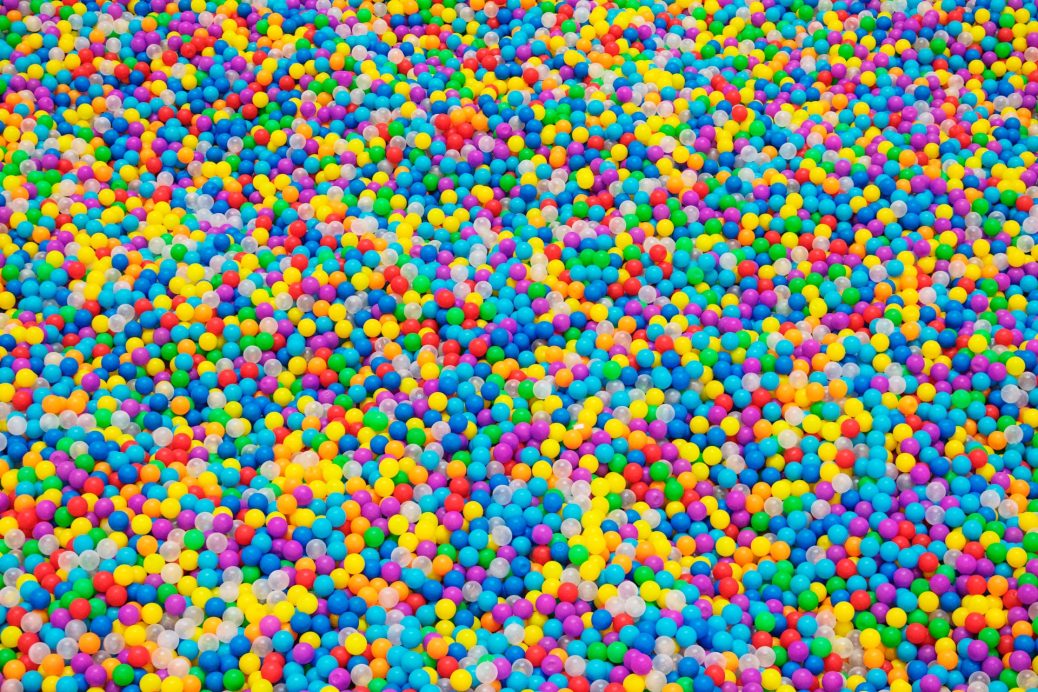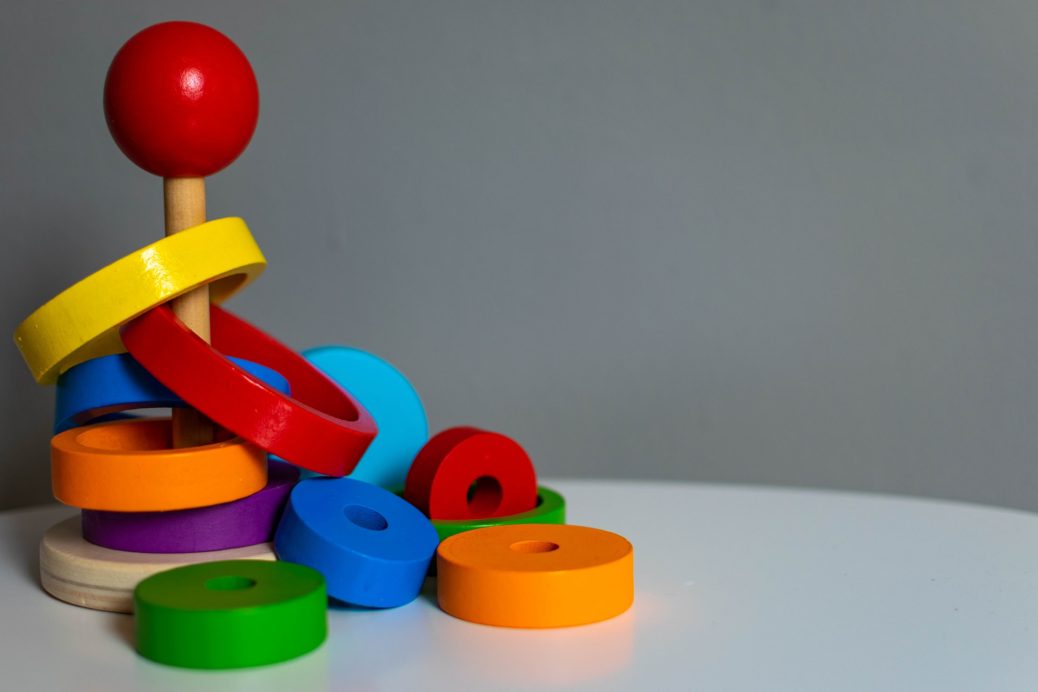Light therapy is a safe and effective treatment for Autism Spectrum Disorder (ASD) children. This therapy involves exposure to bright light, which can regulate circadian rhythm, and improve sleep patterns, mood, and behaviour. Read on to learn more about light therapy for ASD children.
Light therapy, also known as phototherapy, is a non-invasive treatment that involves exposure to specific wavelengths of light. It’s commonly used to treat a variety of conditions, including sleep disorders, depression, seasonal affective disorder, and skin conditions such as psoriasis and eczema.
During light therapy, a specialized lightbox is used to deliver bright, intense light to the eyes and skin. The light is similar in intensity to natural sunlight and is usually delivered for a specific duration, depending on the condition being treated.
The exact mechanism of action of light therapy is not fully understood, but it’s believed to affect the body’s circadian rhythms, which regulate sleep-wake cycles and other bodily processes. It also stimulates the production of certain hormones, such as serotonin and melatonin, which play a role in regulating mood and sleep.
Light therapy is generally safe and has few side effects, although some people may experience minor side effects such as headaches, eye strain, or nausea. It’s important to use light therapy under the guidance of a healthcare professional. Follow instructions carefully to minimize the risk of adverse effects.
Importance of Adequate Sleep for Children
Benefits of Using Light Therapy for ASD Children
Light therapy has emerged as a promising treatment for improving the sleep quality of children with Autism Spectrum Disorder (ASD). Here are some of the benefits of using light therapy for ASD children’s sleep:
Improved Sleep Quality
Research has shown that light therapy can significantly improve the sleep quality of children with ASD. Exposure to bright light in the morning can help reset the body’s natural sleep-wake cycle, leading to more restful and restorative sleep.
Reduced Sleep Latency
Many children with ASD experience difficulty falling asleep, which can lead to sleep deprivation and daytime fatigue. Light therapy has reduced sleep latency, making it easier for children to fall asleep and stay asleep throughout the night.
Increased Daytime Alertness
Poor sleep quality can lead to daytime sleepiness and lack of energy, which can impact a child’s daily functioning and quality of life. Light therapy can help increase daytime alertness, leading to improved cognitive functioning, better mood regulation, and increased physical activity.
Non-Invasive and Safe
Light therapy is a non-invasive and safe treatment that does not require medication or surgery. It has been found to have few side effects and can be used over a long period without adverse effects.
Easy to Use
Therapists use and easily add to a child’s daily routine. Anyone can do this at home using a specialized lightbox. Professionals use according to the child’s individual needs and preferences.
Cost-Effective
Compared to other treatments for sleep problems, such as medication or behavioural therapy, light therapy is a relatively low-cost option.
Tips for Using Light Therapy for ASD Children
If you are considering using light therapy, here are some tips to help you get the most out of your treatment:
Consult with a healthcare professional
Before starting light therapy, it’s important to consult with a healthcare professional to ensure that it’s safe and appropriate for your individual needs. They can also help you determine the optimal duration and intensity of your light therapy sessions.
Choose the right lightbox
There are many different types of lightboxes available, and choosing the right one can make a big difference in the effectiveness of your treatment. Look for a lightbox that emits light in the blue spectrum, as this is the most effective for regulating circadian rhythms and improving sleep quality.
Use your lightbox at the right time
The timing of your light therapy sessions is critical for optimal effectiveness. For sleep disorders, therapists use the lightbox in the morning, as exposure to bright light in the morning can help reset the body’s natural sleep-wake cycle. For other conditions, such as seasonal affective disorder or depression, it may be more effective to use the lightbox in the afternoon or evening.
Sit at the right distance
The distance between you and the lightbox can affect the intensity of the light that you receive. It’s important to sit at the recommended distance from the lightbox, which is usually around 16-24 inches.
Be consistent
Consistency is key for effective light therapy. It’s important to use your lightbox at the same time each day and for the recommended duration to achieve optimal results.
Protect your eyes
Direct exposure to bright light can be harmful to your eyes, so it’s important to wear protective eyewear or keep your eyes closed during light therapy sessions.
Is Light Therapy Recommended for children with ASD
Therapists recommend Light therapy for children and kids with ASD who have difficulty sleeping. However, it’s important to consult with a healthcare professional before starting light therapy for your child, as the optimal duration and intensity of treatment may be different for children than for adults.
Some studies have shown that light therapy can be effective in improving sleep quality in children with ASD. For example, a 2014 study published in the Journal of Autism and Developmental Disorders found that children with ASD who received morning light therapy experienced significant improvements in sleep duration and sleep onset latency (the time it takes to fall asleep).
However, as with any treatment, there are potential risks and side effects to consider. For children, it’s especially important to use light therapy under the guidance of a healthcare professional to ensure that it’s safe and appropriate for their individual needs.
Improving Speech with Therapies and Techniques
Conclusion
Light therapy is a safe and effective treatment option for children with Autism Spectrum Disorder. It can regulate circadian rhythm and improve sleep patterns, mood, and behaviour, which can have a significant impact on their overall quality of life.
Therapists measure the success rate of light therapy for ASD through various parameters, such as changes in sleep patterns, mood, behaviour, and overall quality of life.
FAQS
Here are some valuable questions and their answers.
What is the history of light therapy?
Therapists use Light therapy to treat a variety of conditions, including depression, seasonal affective disorder (SAD), and sleep disorders.
Q: What types of light therapy are available for sleep?
A: The most common types of light therapy used for ASD children’s sleep are bright light therapy and dawn-dusk simulation.
Q: How does light therapy affect the circadian rhythm?
A: Light therapy works by regulating the circadian rhythm, which is the body’s natural sleep-wake cycle. Exposure to bright light in the morning can help reset the circadian rhythm and improve sleep quality.
Q: What are the benefits of using light therapy for ASD children’s sleep?
A: Benefits of light therapy for ASD children’s sleep include improved sleep quality, reduced sleep latency, and increased daytime alertness.
Q: What are the risks of using light therapy for ASD children?
A: Potential risks of light therapy for ASD children include eye strain and skin irritation. It’s essential to use light therapy under the guidance of a healthcare professional.
References
- Autism Speaks – This website provides information and resources for families affected by autism, including a section on sleep and autism. The website offers tips and strategies for improving sleep quality in children with autism, including the use of light therapy. You can find the website at: https://www.autismspeaks.org/sleep-and-autism.
- National Sleep Foundation – This website is dedicated to promoting healthy sleep habits and providing information about sleep disorders and treatments. The website includes a section on light therapy, which explains how it works and what conditions it can be used to treat. You can find the website at: https://www.sleepfoundation.org/light-therapy.
.


